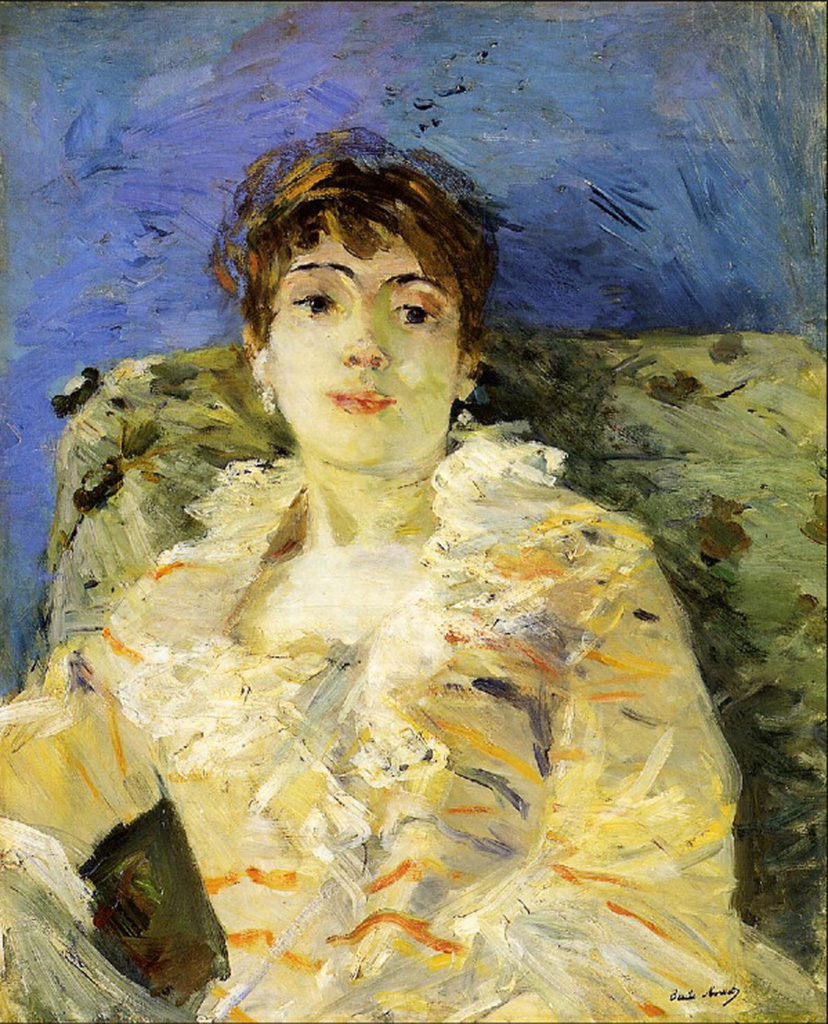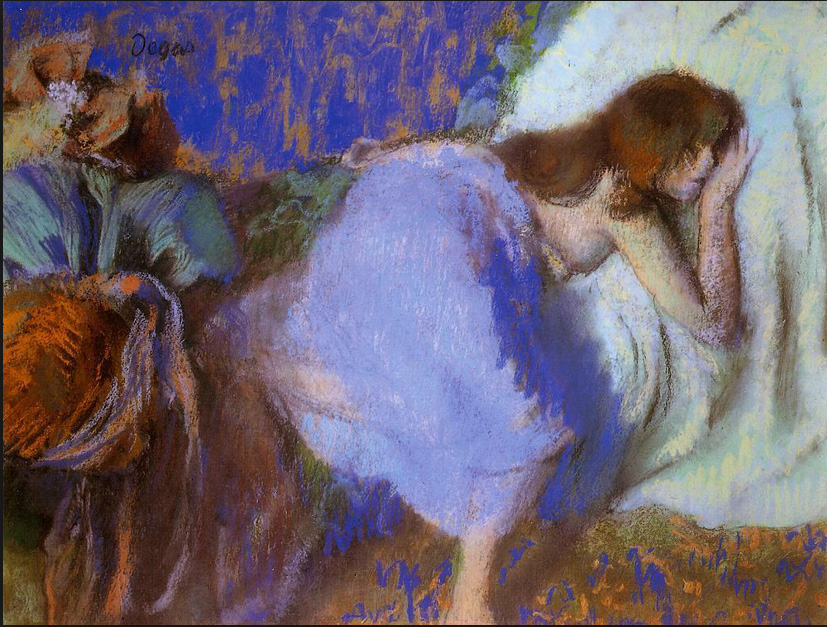A paradigm shift
The chapter featured in this Post is about the paradigm shift in artists thought that took place in the latter part of the nineteenth century, and some of its consequences in terms of the Modernist teaching methods that were to emerge in the twentieth century.
CHAPTER 3 – “Arrival of Modernism”


Other background reading for Modernist teaching
It will help to have read the previous chapter, which has already been published as a Post, since this describes the context from which Modernist teaching emerged, not only in terms of specific traditional practices but also in terms of the academic system as a whole, against which the young Modernist Painters set their face.
Chapter 2: Traditional artistic practices
At the same time as publishing Chapter 3, I will be making Chapter 4 available as a separate Post. Its title is “The sketch and the feel system”. This builds on Chapter 3 by focusing on the sketch as a link between old and new ways. Also, the fact that making sketches involves sensing relations between elements provides the opportunity to define and explain what I mean by the “Feel-System”. Doing so is of importance, because it plays such key role in subsequent chapters and because it helps to explain the title, “Drawing with Feeling”, which I chose for the book as a whole.
.
Footnote
This Post is the first of two that I will be publishing in time for the July 22 – August 5 session of the Painting School of Montmiral. In this way it will also be ready for my experimental “Life Drawing” week in Norfolk, which is scheduled for later in August. As it is holiday time, I will be taking a break from Posts during August and will not start again until some time after 7th September, which will be my 80th birthday.
Other Posts that publish chapters from “Drawing on Both Sides of the Brain”
- An inspirational 19th century teacher and his widespread influence on Modernism in drawing and painting
- Chapter 1: Accuracy versus expression
- Chapter 2: Traditional artistic practices
- Chapter 3: Modernist teaching methods
- Chapter 4: the sketch and explaining the feel-system.
- Chapter 5: Negative spaces.
- Chapter 6: Contour drawing
- Chapter 7: Copying Photographs
- Chapter 8: Fast drawing, learning and expression
Other drawing related Posts
Full list of Posts in all categories
.
It’s hard to imagine the feelings experienced by professional artists in the days of the newly invented camera. All the questions Francis lists that came out of the ensuing “despair” must have taken a very long time and many cafe and pub discussions to evolve into the period of Modernist Art – and thank god the great artists of those days were willing and able to pursue a new path for their work.
Francis mentioned in a conversation that Japanese art came into the awareness of the artists of those days through the development of international trade. I would love to read more about how that influenced the old “rules” of painting and the movement into the Modernist period.
Thank you. Really helpful.
I see (above) I read this chapter almost EXACTLY two years ago today. My comments are the same: “thank you and really helpful”. EXCEPT THAT today they are EVEN MORE helpful to me as I work on my own to capture a view I am studying and eventually hope to paint. This information is concretely helpful to me, working alone during lockdown, to explore my hand and my eye, and to trust and be patient with my own journey.